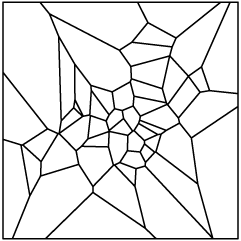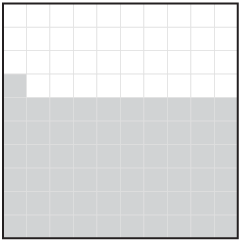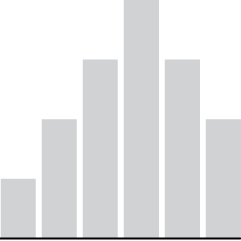Nancy Lublin, CEO of Do Something, gives a five-minute TED talk on the potential in analyzing text messages. During a texting campaign, Do Something started to receive texts from troubled teenagers, that ranged from bullying to rape, which led to the organization’s work in setting up a texting hotline. Lublin hopes that, once the system is built, the data gathered from these messages can be used as a census of problems, and can perhaps be used in the same way that Target uses data to figure out if women are pregnant — but to save lives, instead of figuring out what coupons to send.
[Thanks, Tommy]

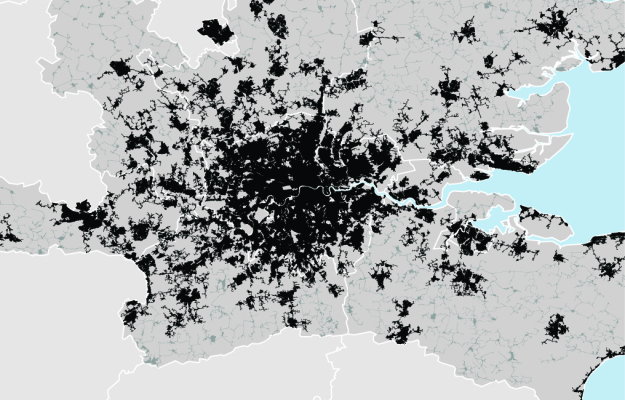
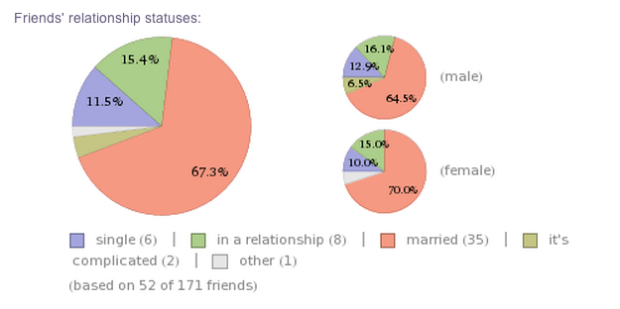
 Horace Mitchell, director of the NASA Scientific Visualization Studio
Horace Mitchell, director of the NASA Scientific Visualization Studio 

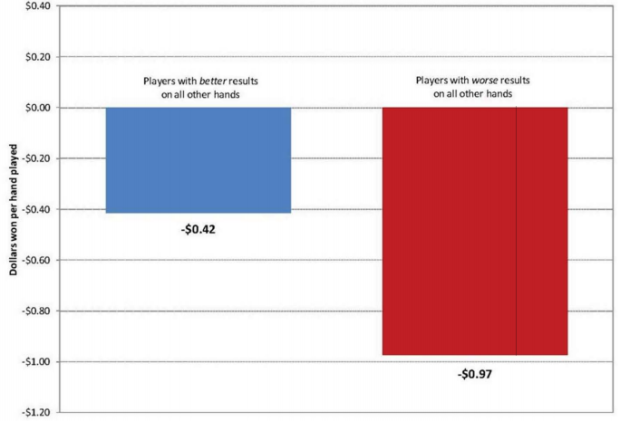
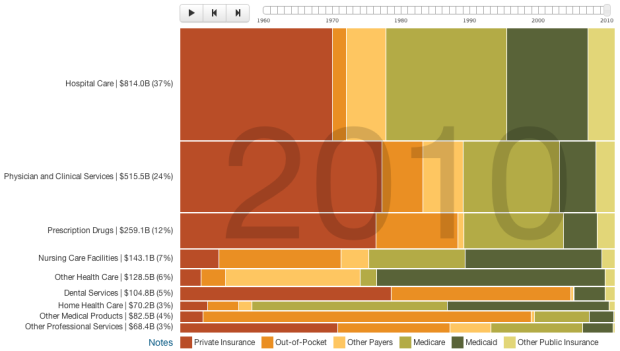
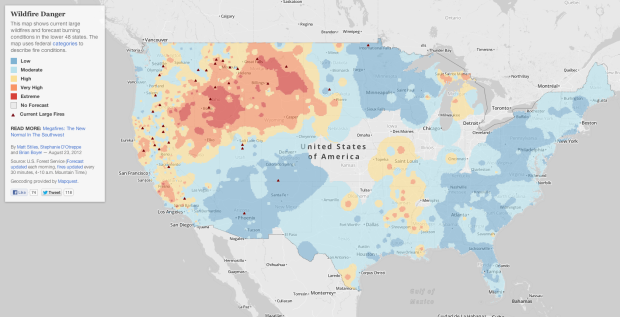
 Visualize This: The FlowingData Guide to Design, Visualization, and Statistics (2nd Edition)
Visualize This: The FlowingData Guide to Design, Visualization, and Statistics (2nd Edition)
